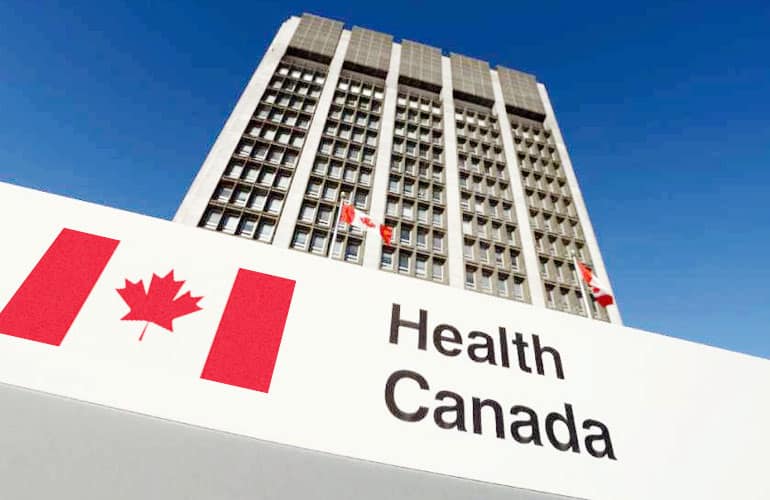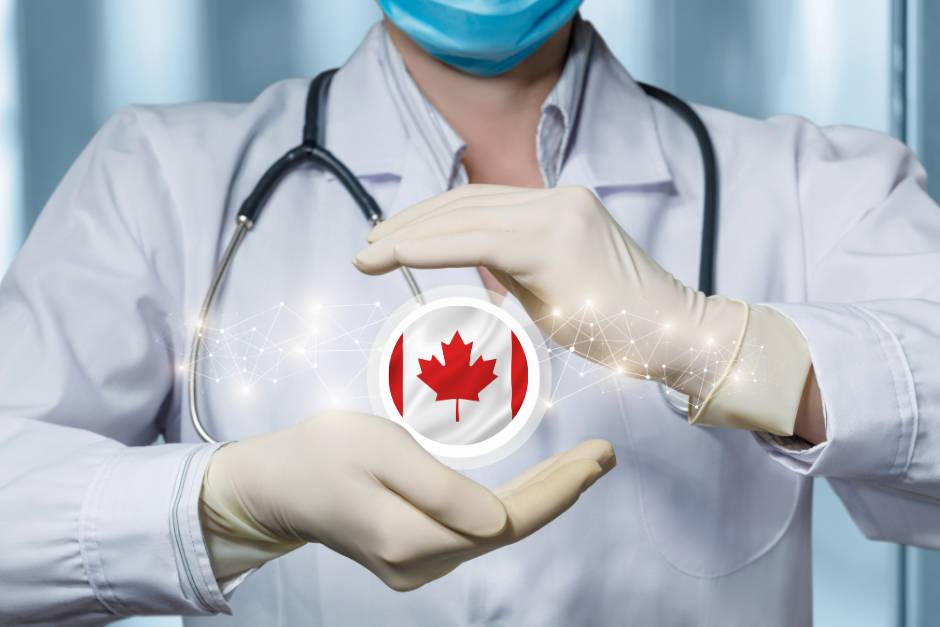The new article provides a general overview of the essential information to be included in the medical device application to ensure its completeness.

Table of content
Health Canada, the country’s regulating authority in healthcare products, has published detailed guidelines for the application process to be followed by interested parties applying for a medical device license.
The document describes the relevant regulatory requirements in detail.
Also, it provides additional clarifications and recommendations to be considered by medical device manufacturers and other parties involved to ensure compliance with it.
However, it is also important to mention that the authority reserves the right to change the guidelines and recommendations provided therein, should such changes be reasonably necessary to reflect corresponding amendments to the underlying regulation.
Introduction to New Medical Device Licensing Requirements
A medical device license is required when placing a new medical device on the country’s market by the applicable regulatory requirements.
Furthermore, this requirement also applies to devices experiencing modifications in license type (from their original application) and those transitioning from investigational testing or special access provisions to general sales and distribution.

Device Classification and Application Process
First, a classification process should be conducted to determine the regulatory requirements the device in question should be subject to, as the level of regulatory scrutiny depends, among other things, on the intended use of the device, as well as the risks associated with it.
The classification of medical devices is a structured process detailed in Schedule 1 of the Regulations, with distinct sections for non-in vitro diagnostics (Part 1) and in vitro diagnostic devices (Part 2).
Manufacturers are also encouraged to consult with the appropriate guidance documents to ensure the correct determination of the applicable class.
The document further describes in detail the key points to be covered by a medical device application to ensure it contains all the information necessary for the authority to complete the review.
According to the guidance, essential information to be covered by the application includes:
- Device Name: The name on the label becomes the license name unless it’s a family of devices, in which case a generic name is used.
- Manufacturer Information: Detailed contact information of the manufacturer to whom the license will be issued.
- Regulatory Correspondent Information: Address for regulatory correspondence, possibly different from the manufacturer’s.
- Invoicing Information: Contact details for invoicing and billing purposes.
- Quality Management System Certificate: The certificate number and issuing registrar, with a copy of the certificate attached to the application.
- Attestations: Mandatory attestations vary by device class, ensuring compliance with specific regulatory sections.
- Purpose or Intended Use of Device: Detailed description of the device’s intended use, patient population, and energy use aspects.
Attestation and Evidence Requirements
For Class II devices, manufacturers must provide evidence of compliance with specific sections of the Regulations, including attestations for decorative contact lenses and investigational testing for near-patient in vitro diagnostic devices (IVDDs).
Class III and IV applications necessitate attestations confirming the completeness of the information required under section 32 of the Regulations, considering the relevant guidance on supporting evidence for new and amended license applications.
The application should be signed by a person authorized to represent the manufacturer, certifying the accuracy and completeness of the provided information.
Conclusion
The present guidance document issued by Health Canada highlights the key points related to the information to be included in an application for a medical device license concerning the product itself and the manufacturer being a party responsible for it.
How Can RegDesk Help?
RegDesk is a holistic Regulatory Information Management System that provides medical device and pharma companies with regulatory intelligence for over 120 markets worldwide. It can help you prepare and publish global applications, manage standards, run change assessments, and obtain real-time alerts on regulatory changes through a centralized platform. Our clients also have access to our network of over 4000 compliance experts worldwide to obtain verification on critical questions. Global expansion has never been this simple.

